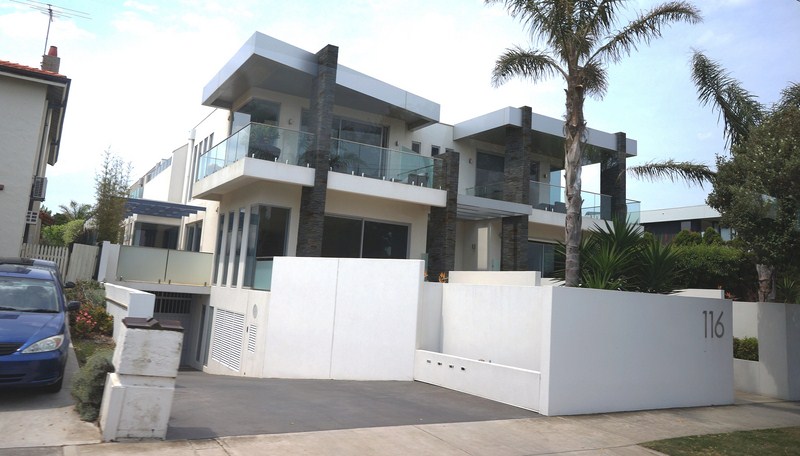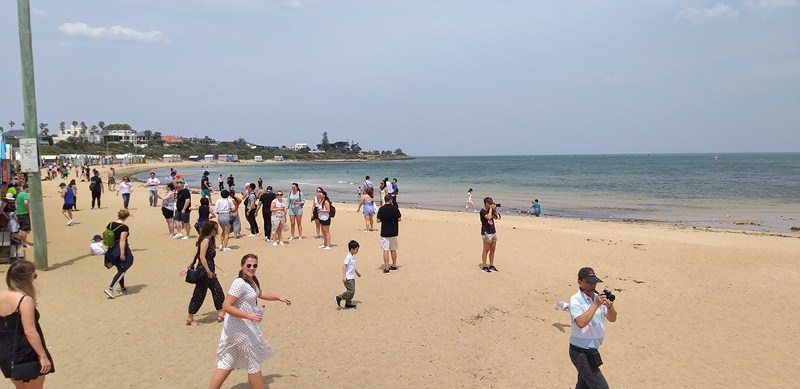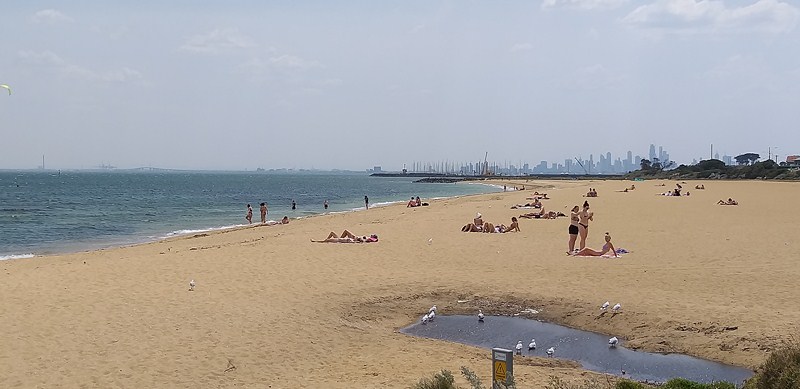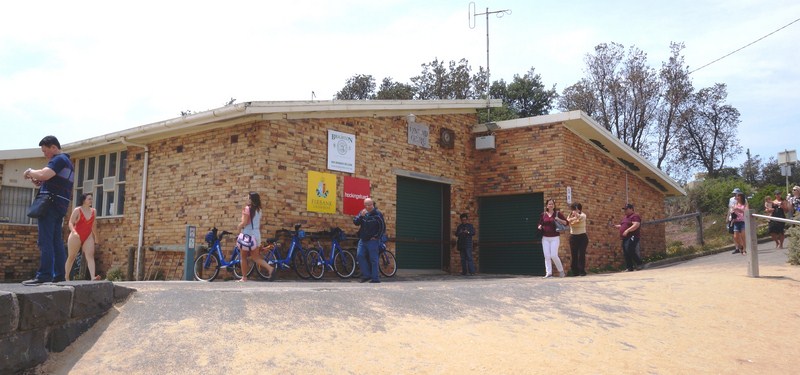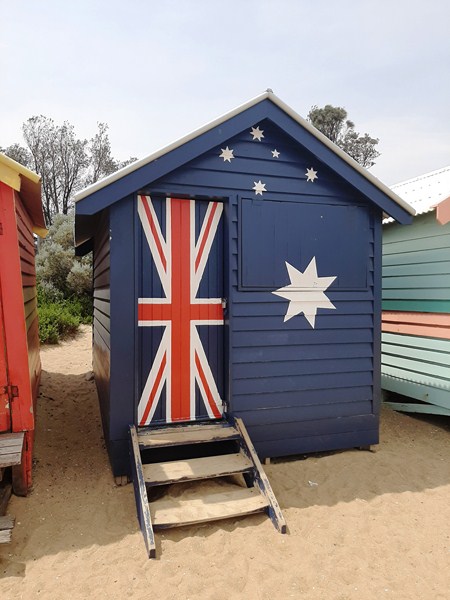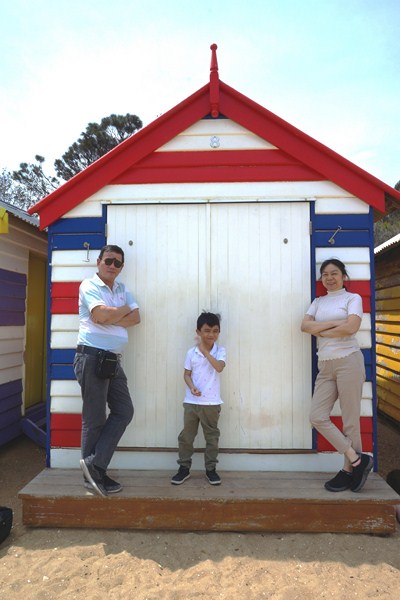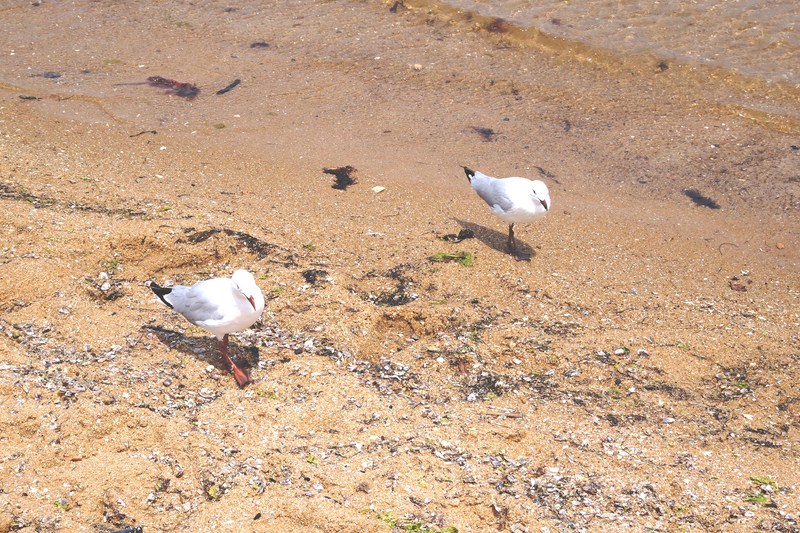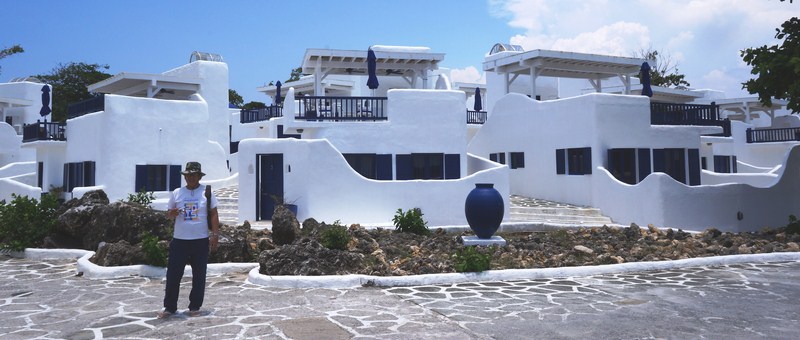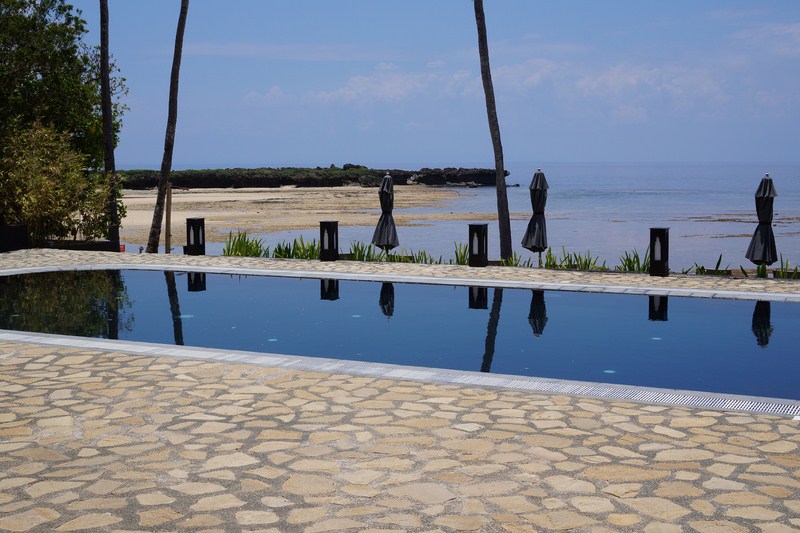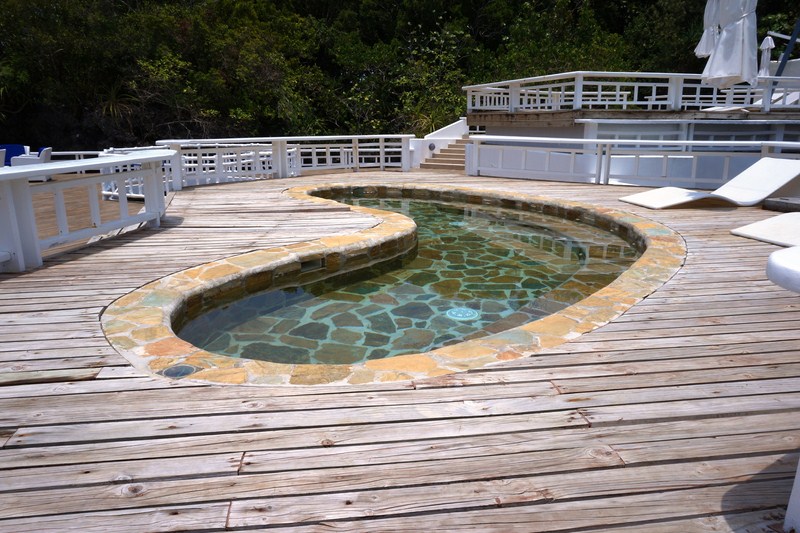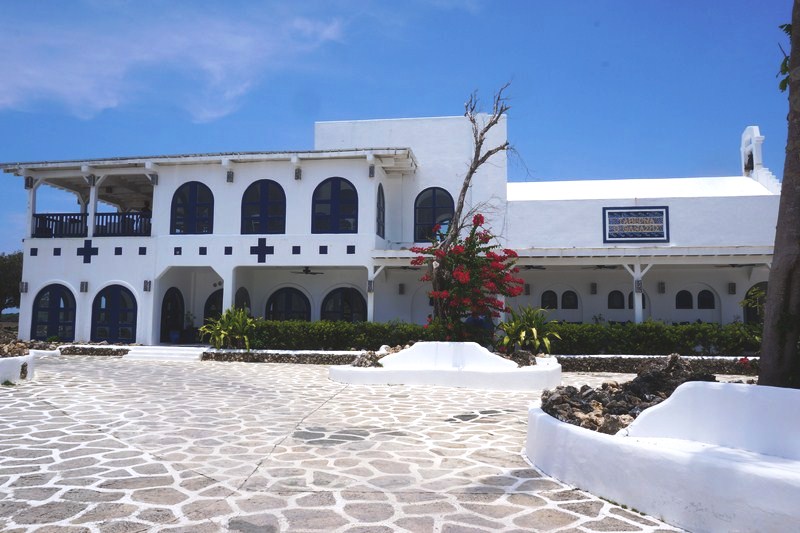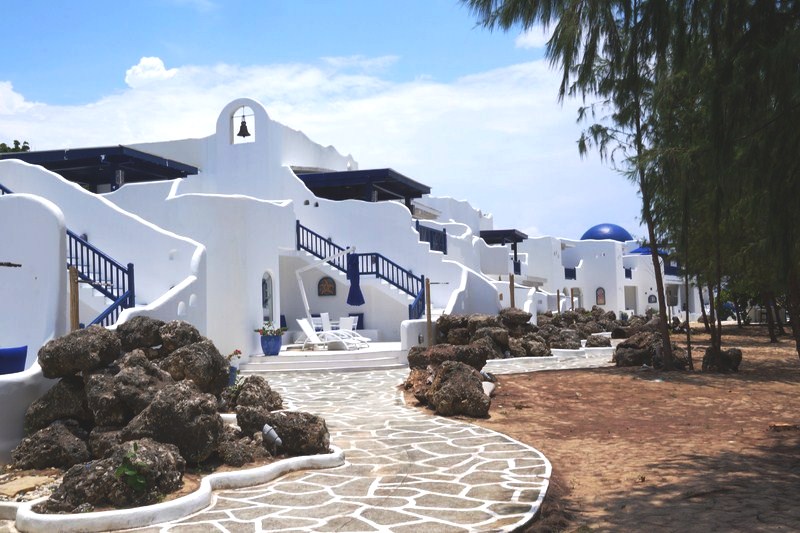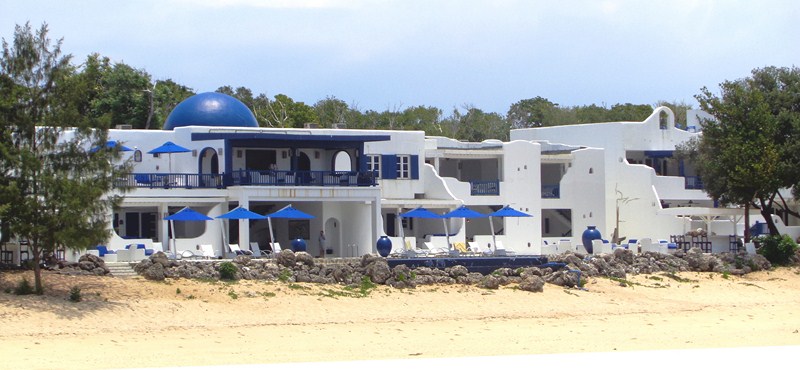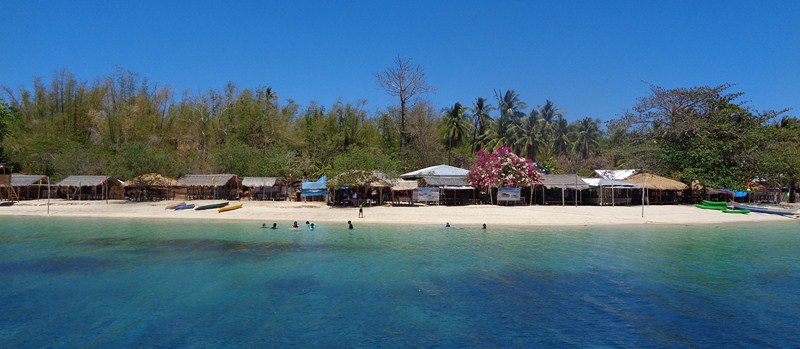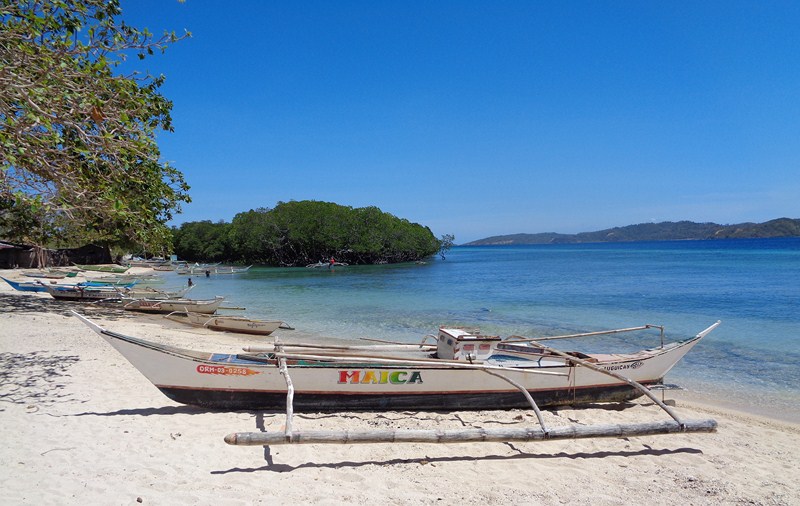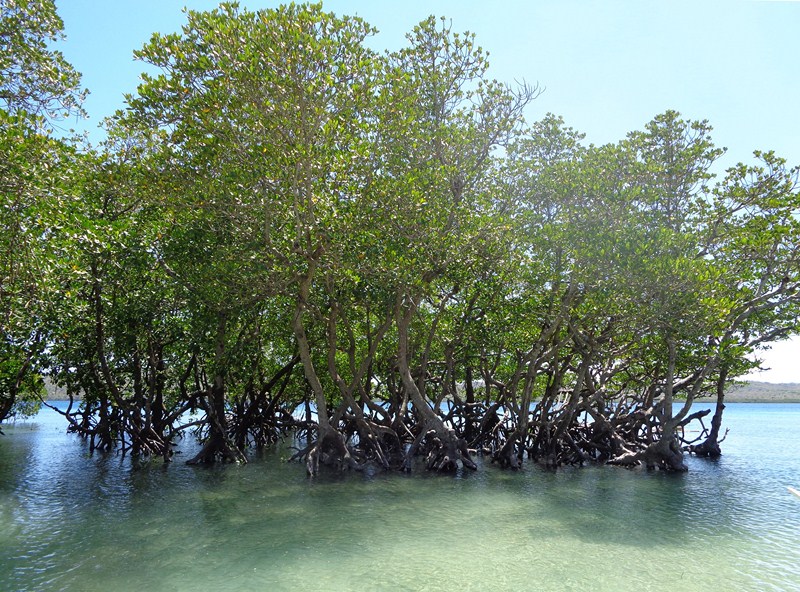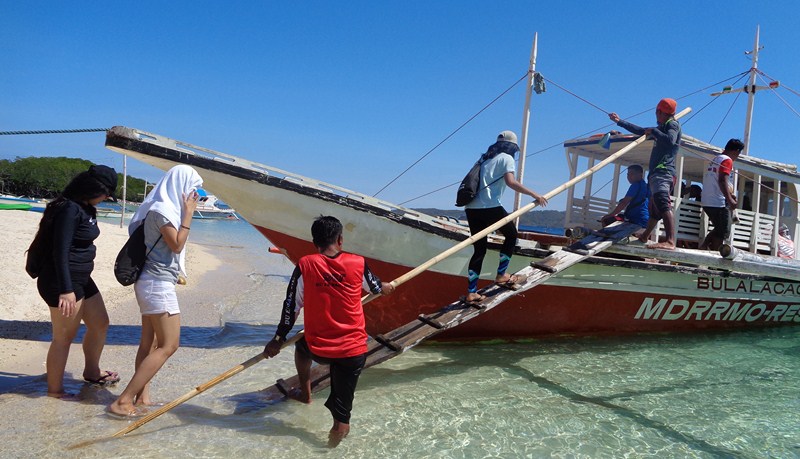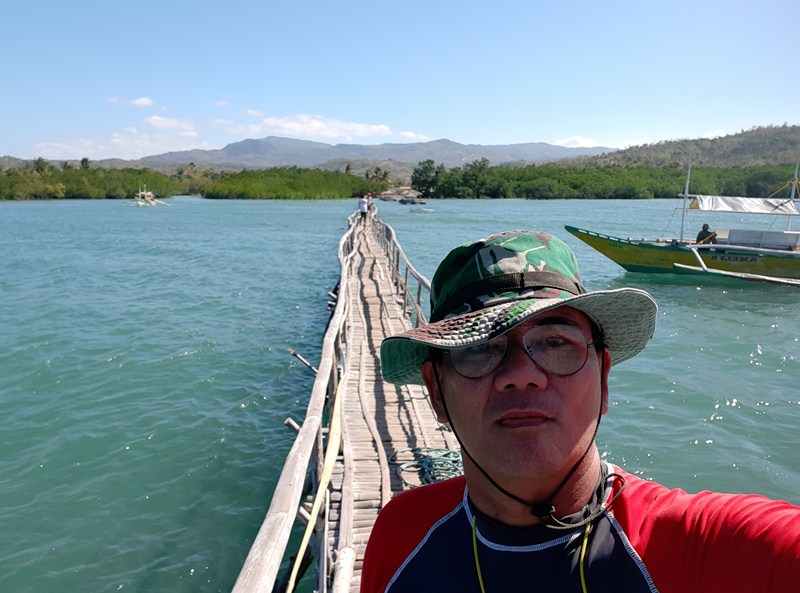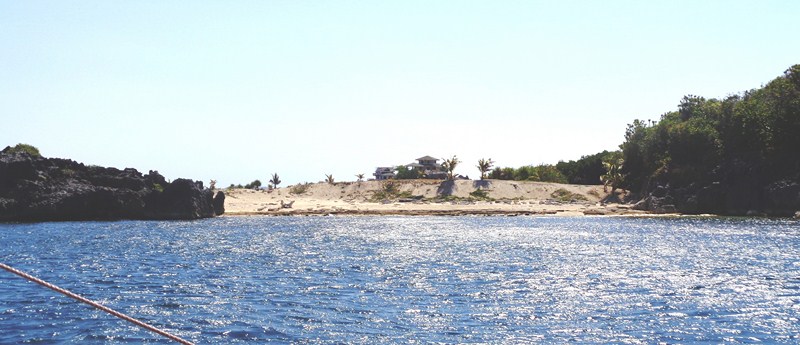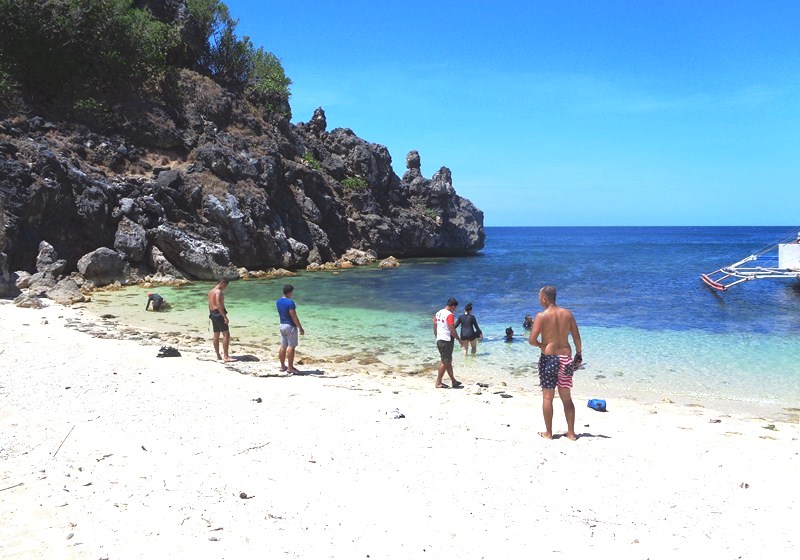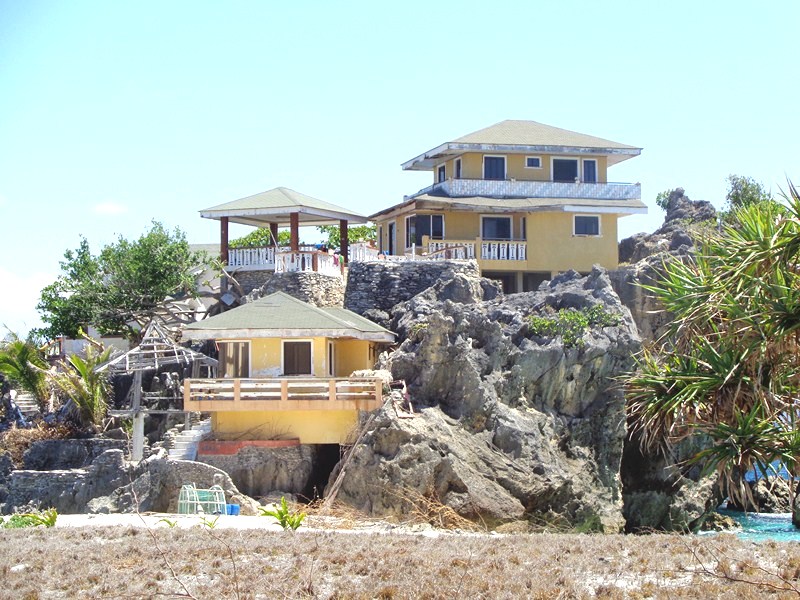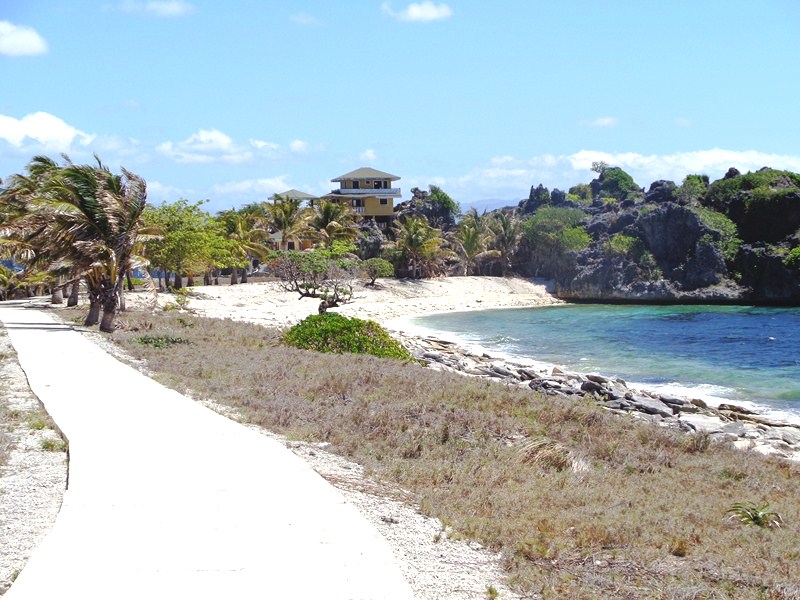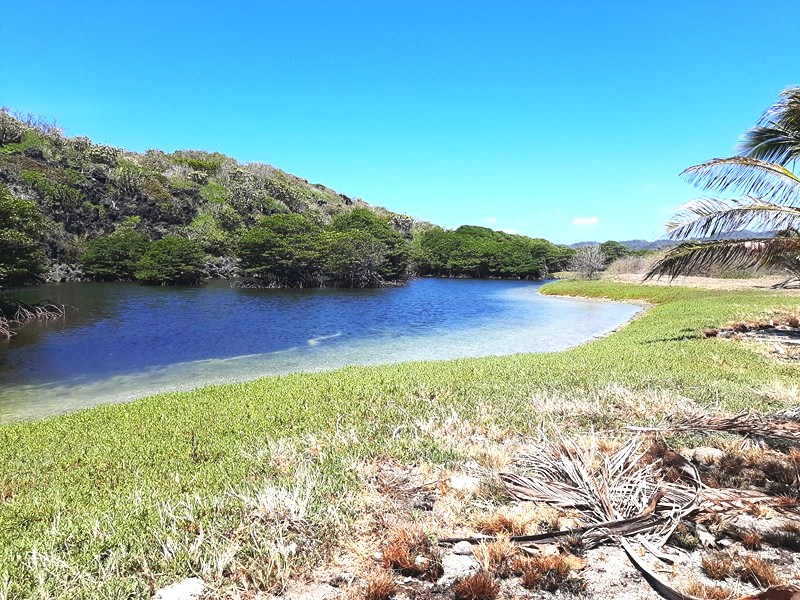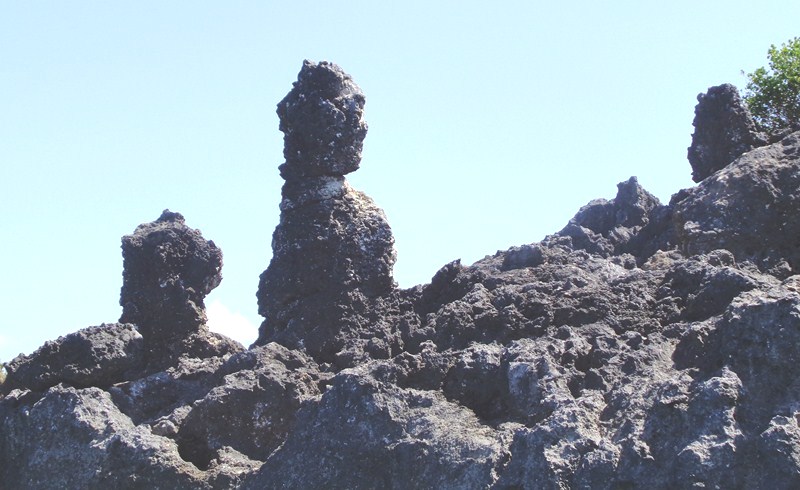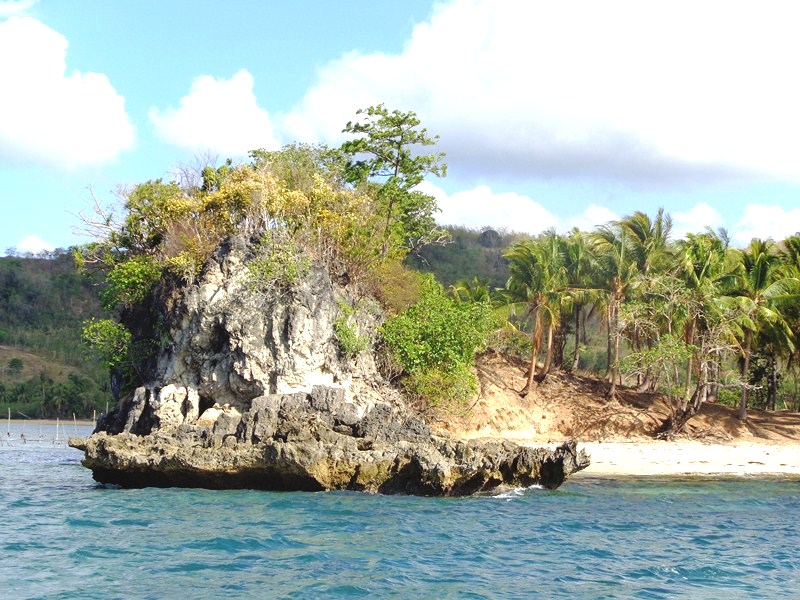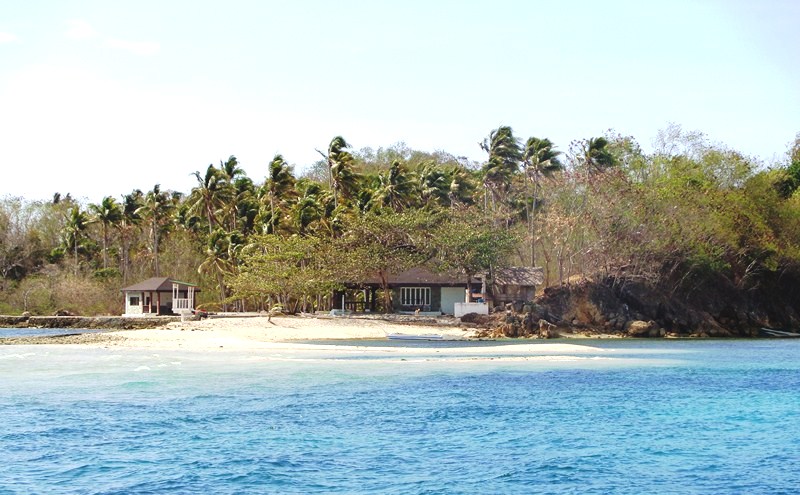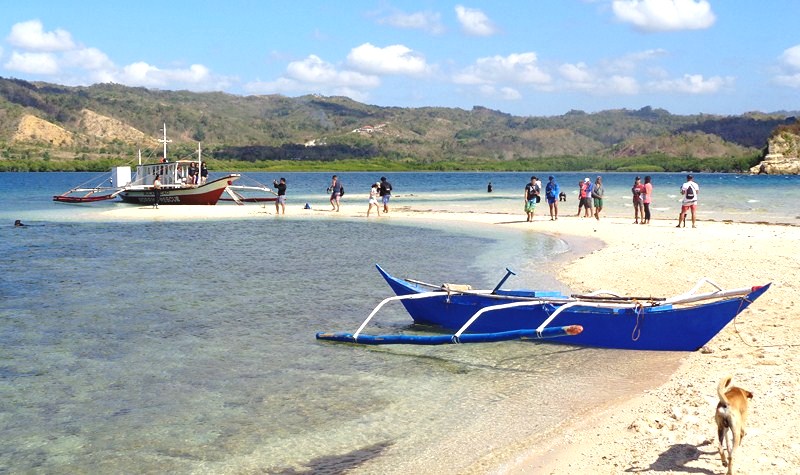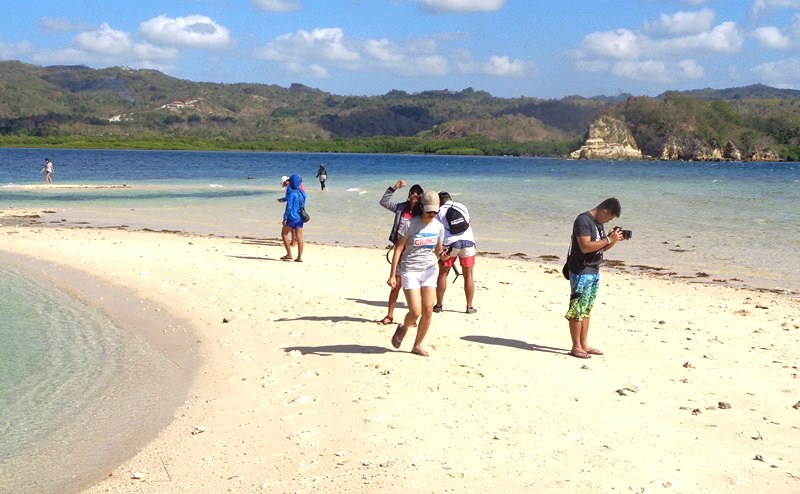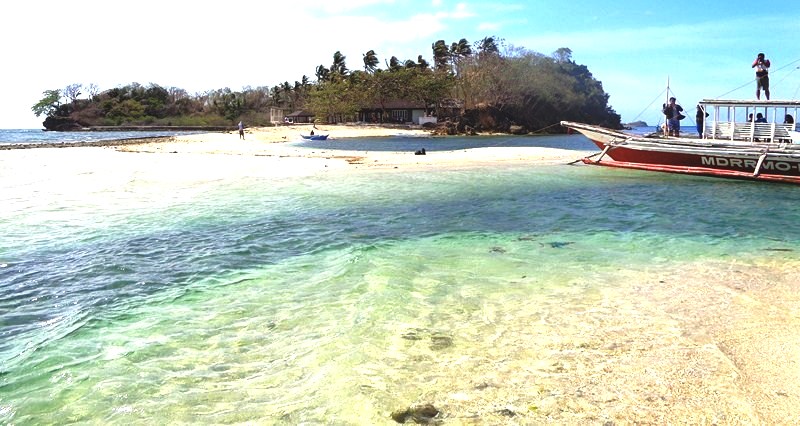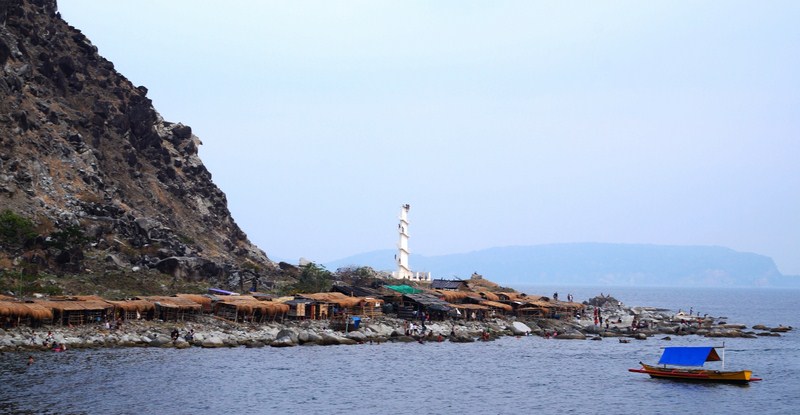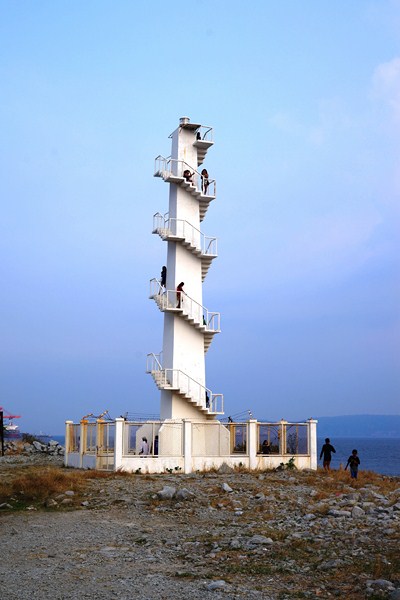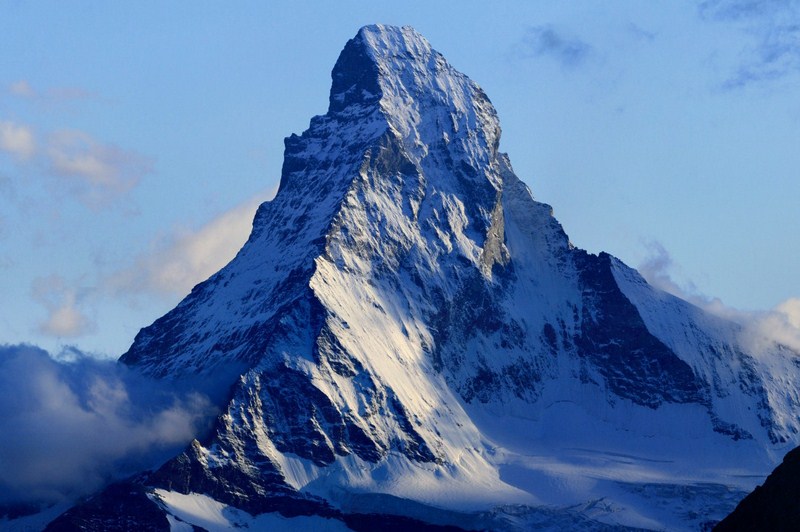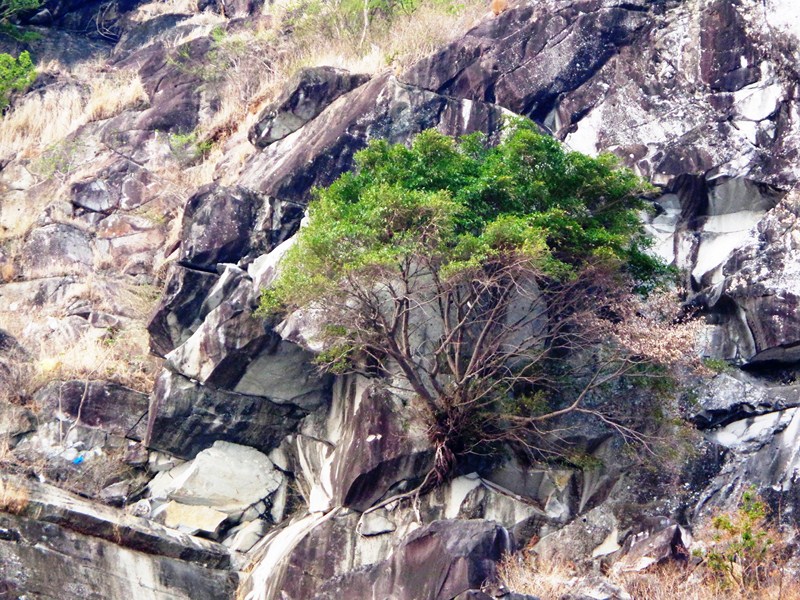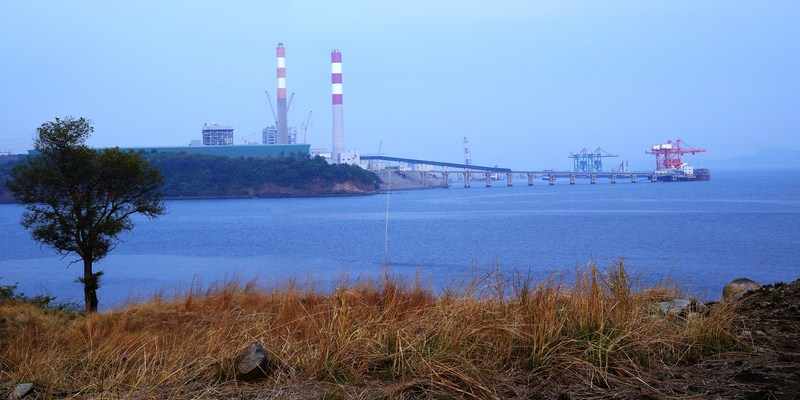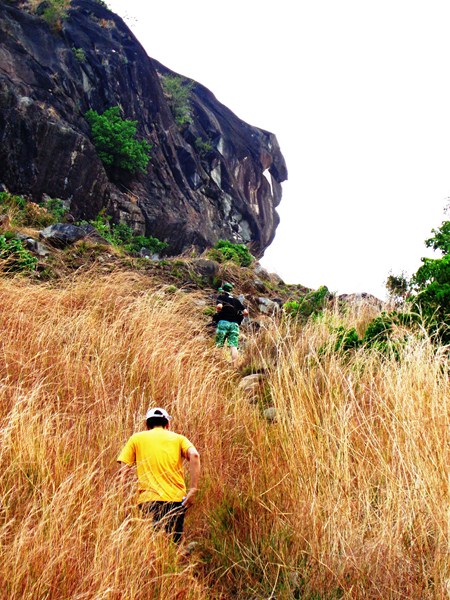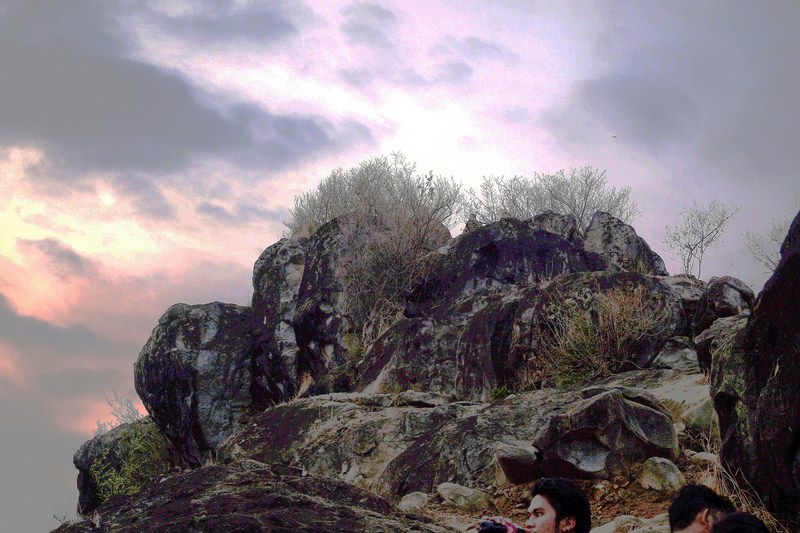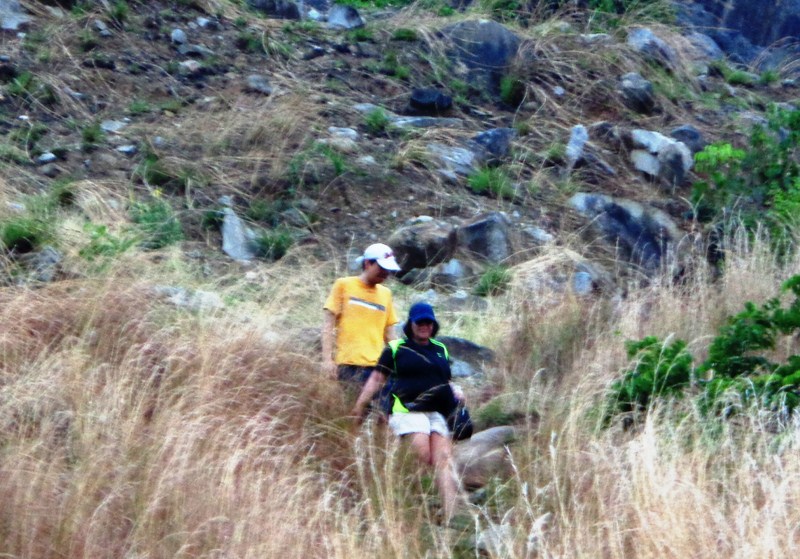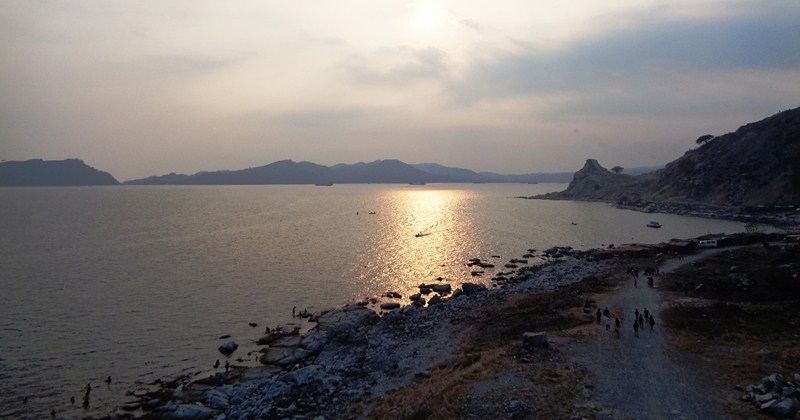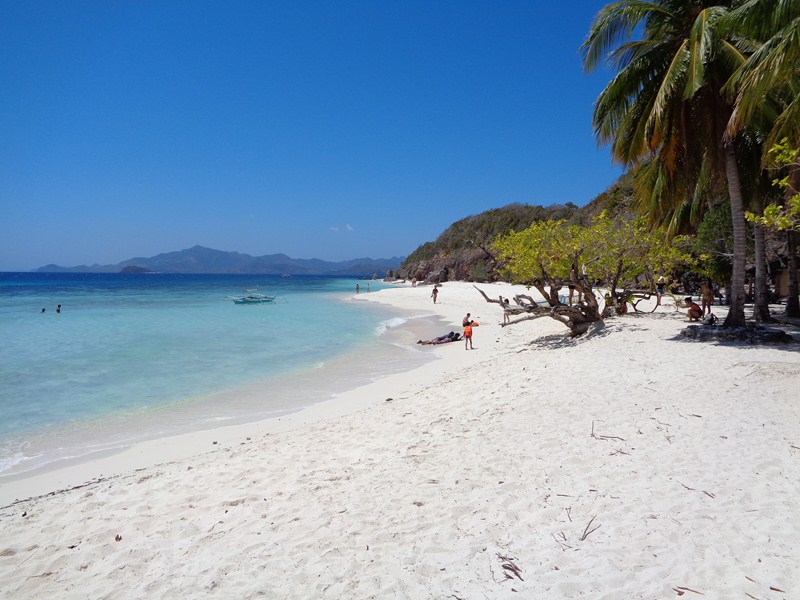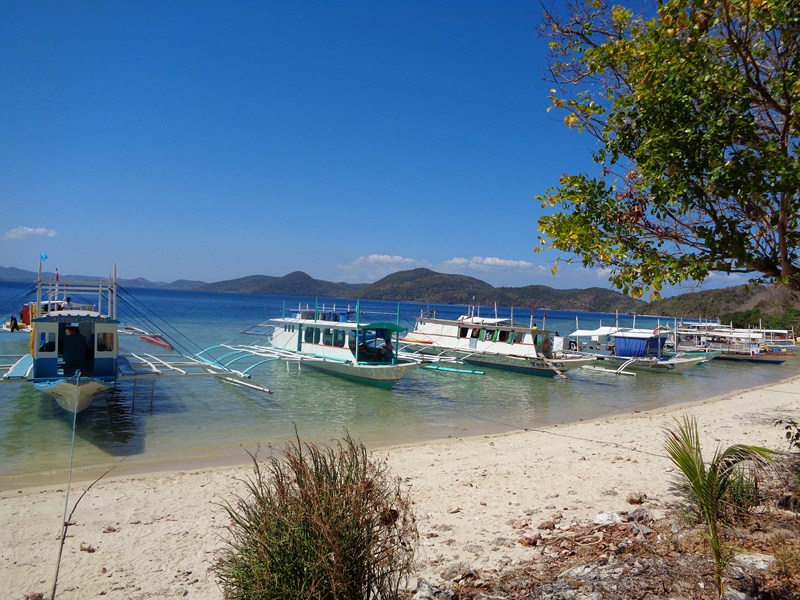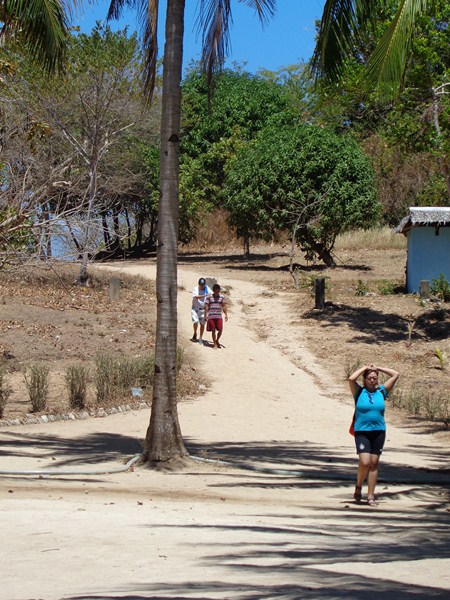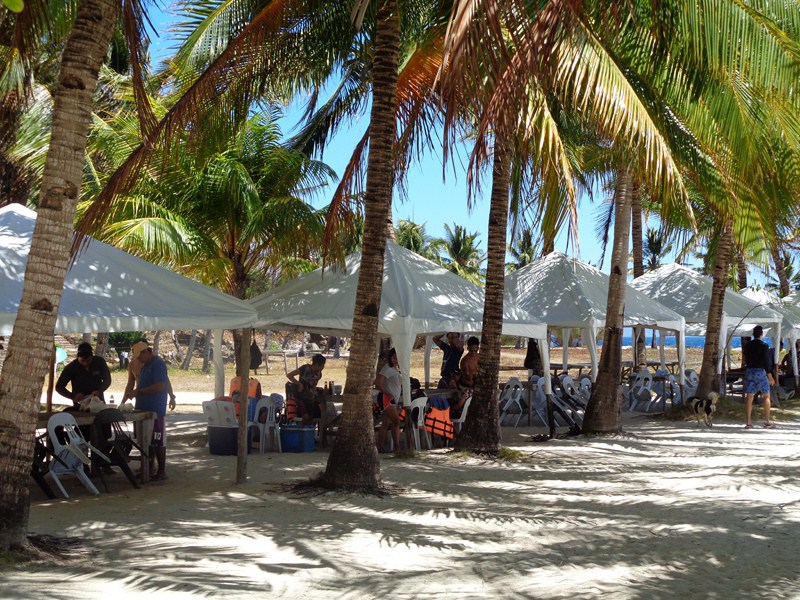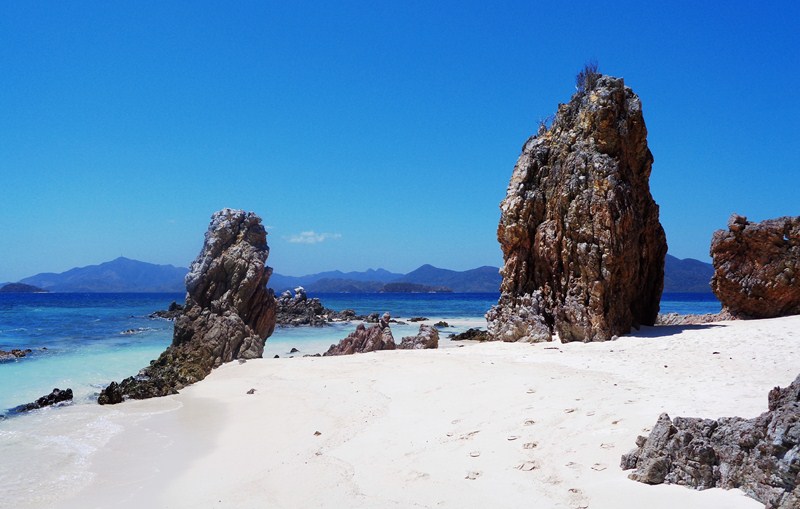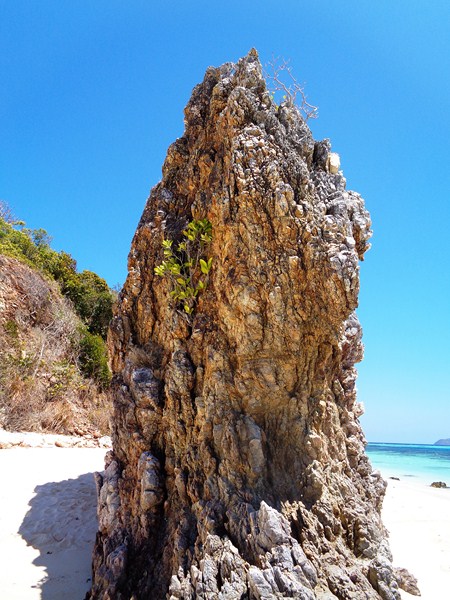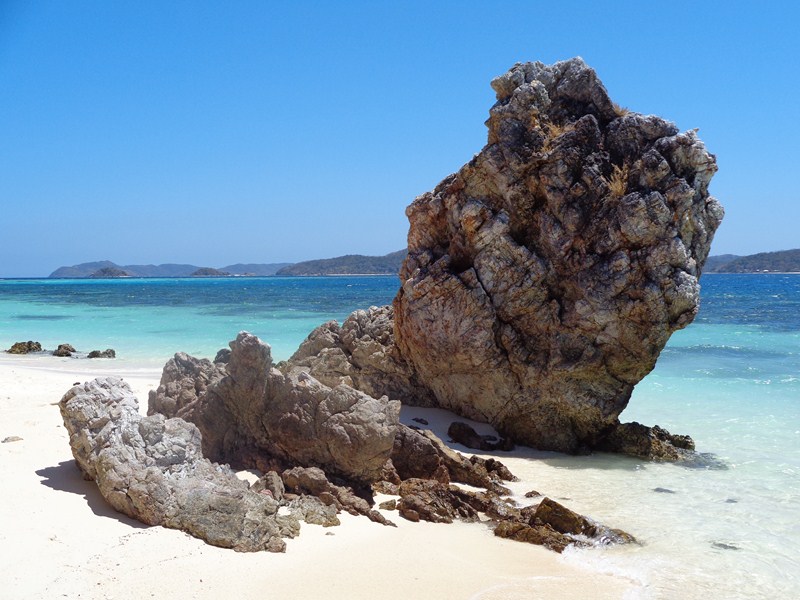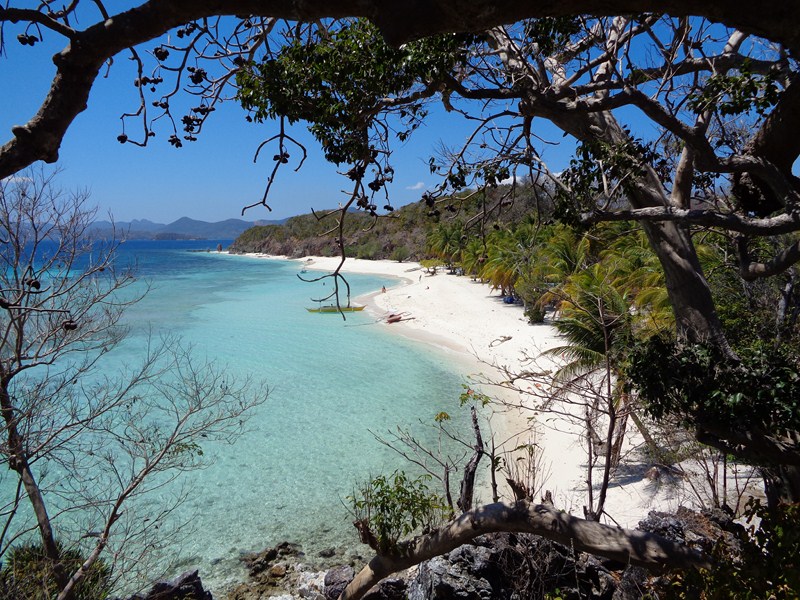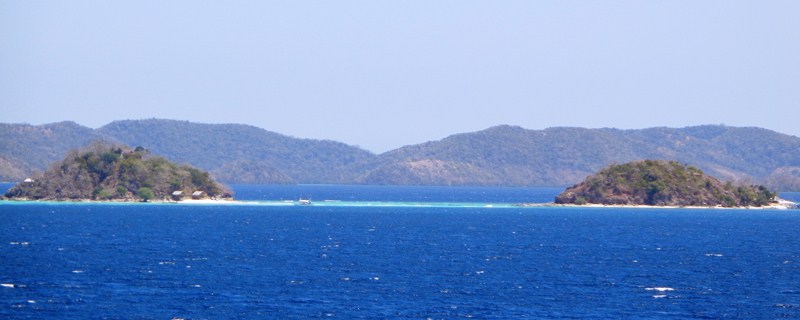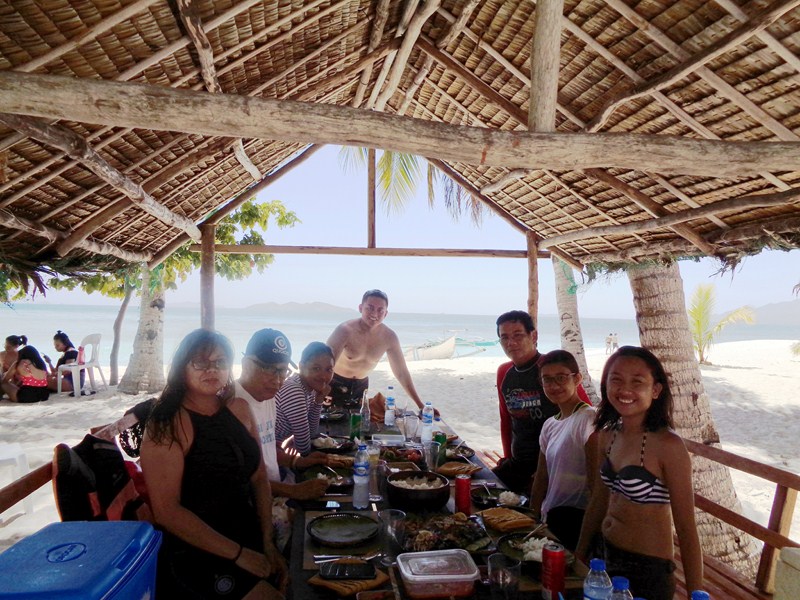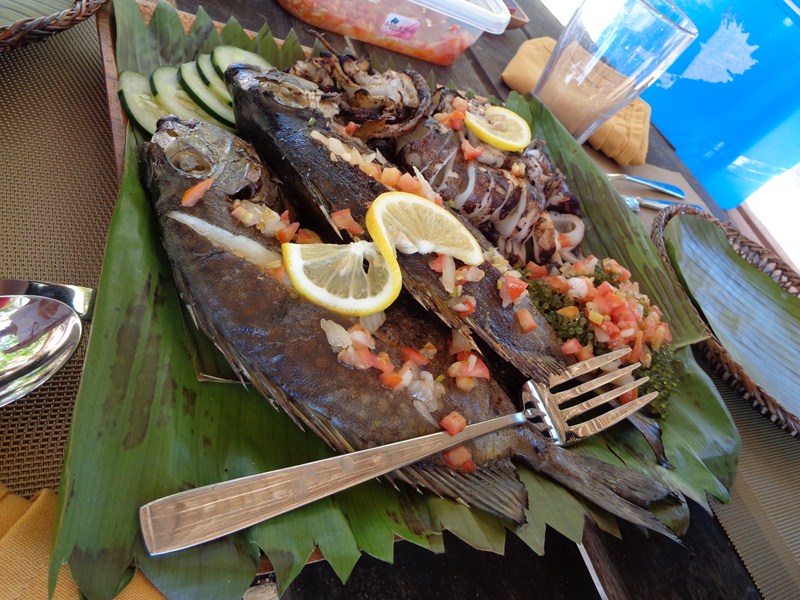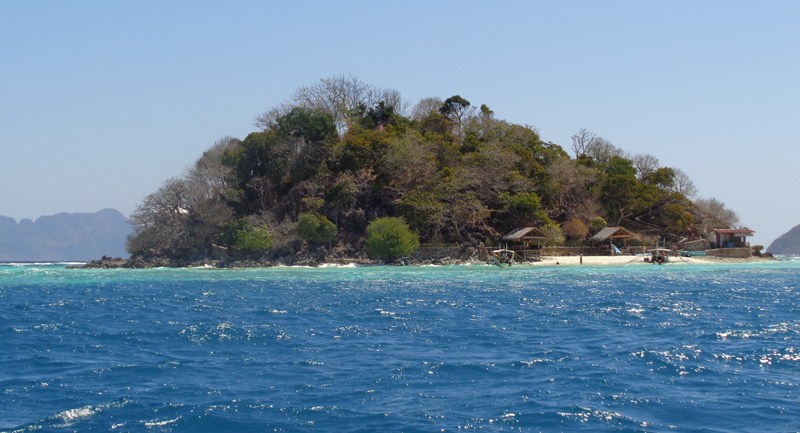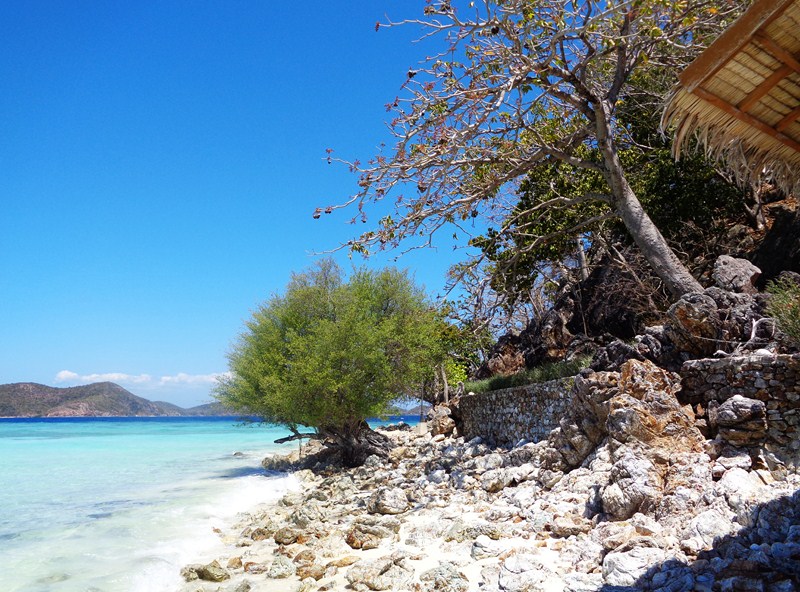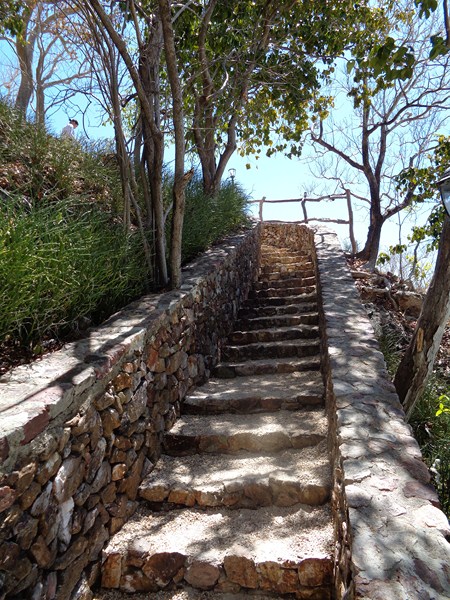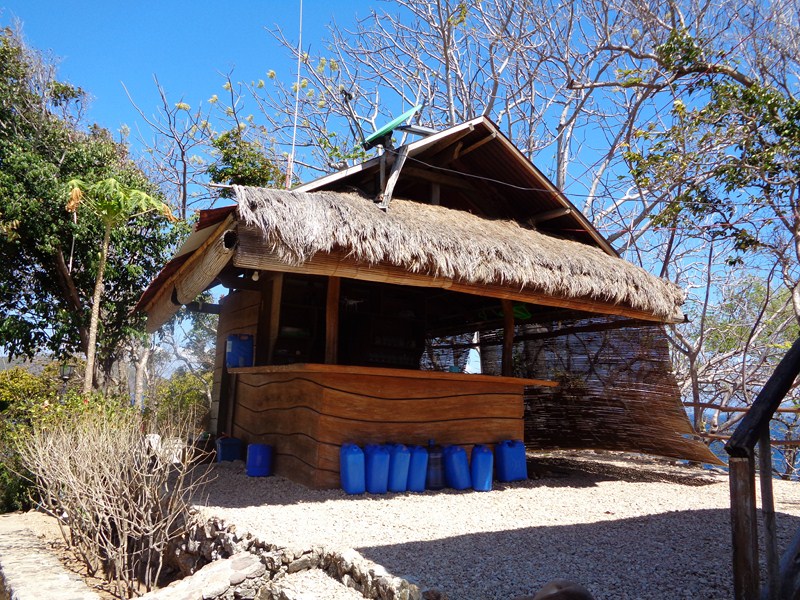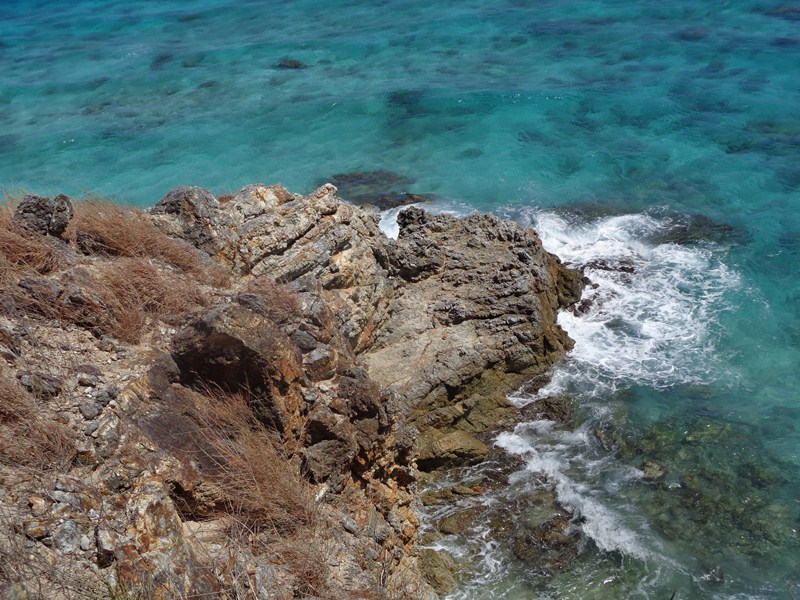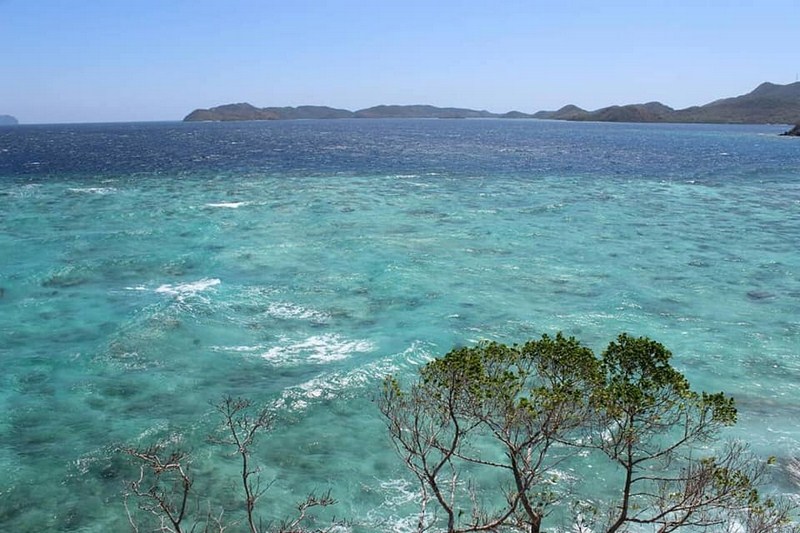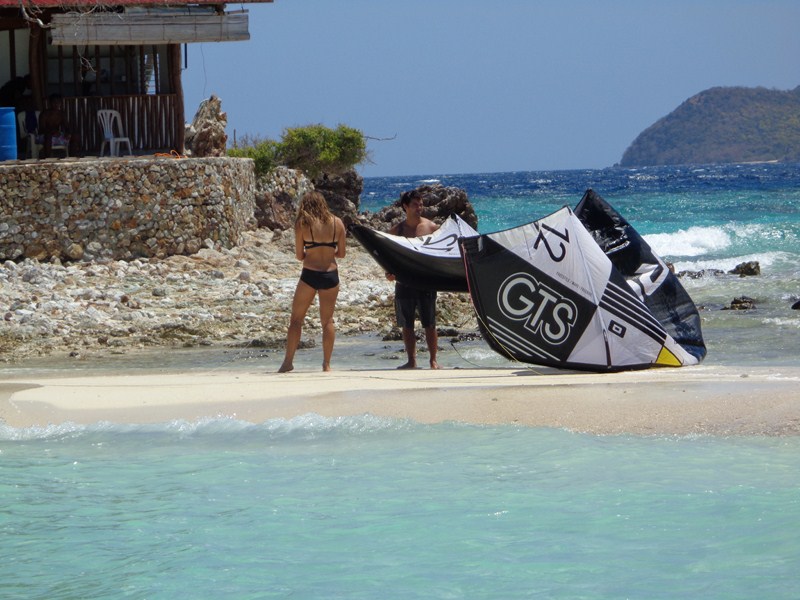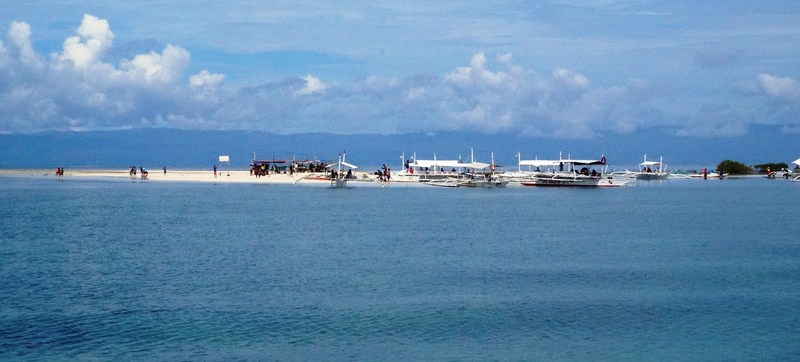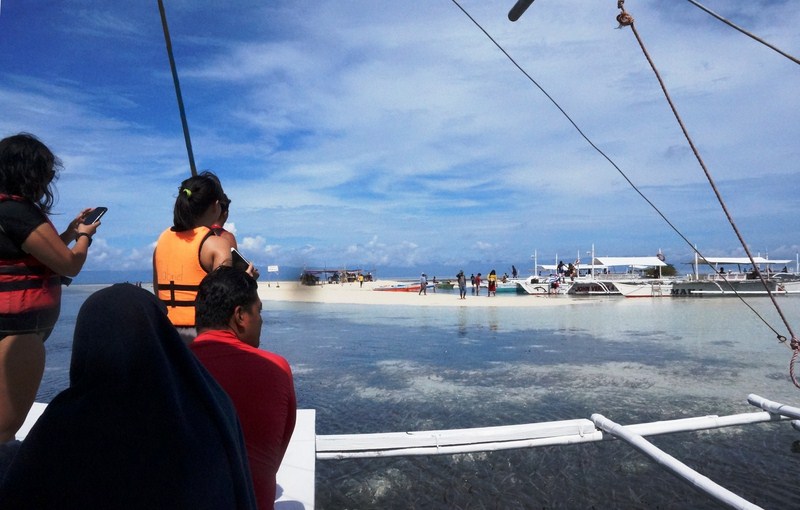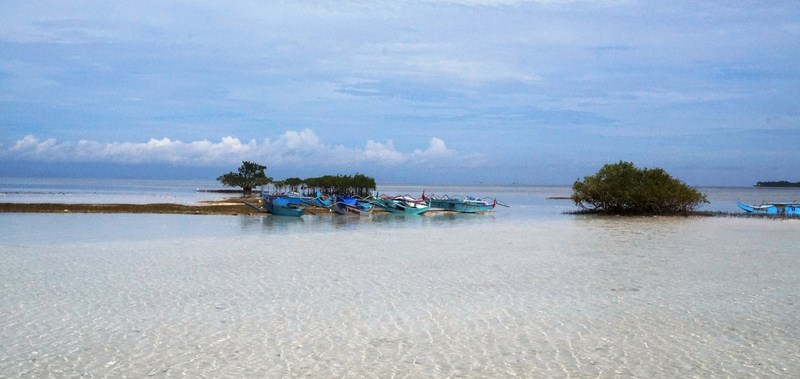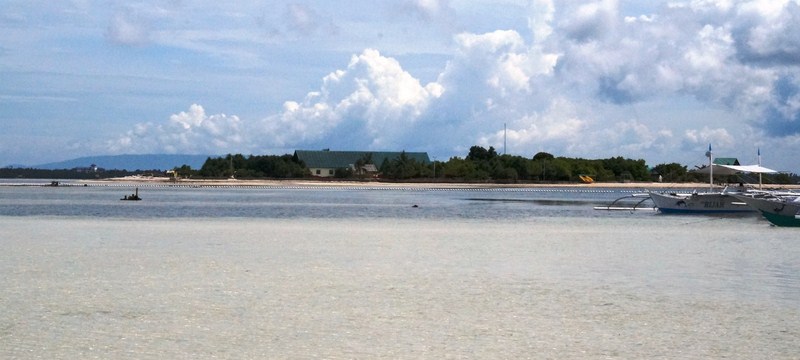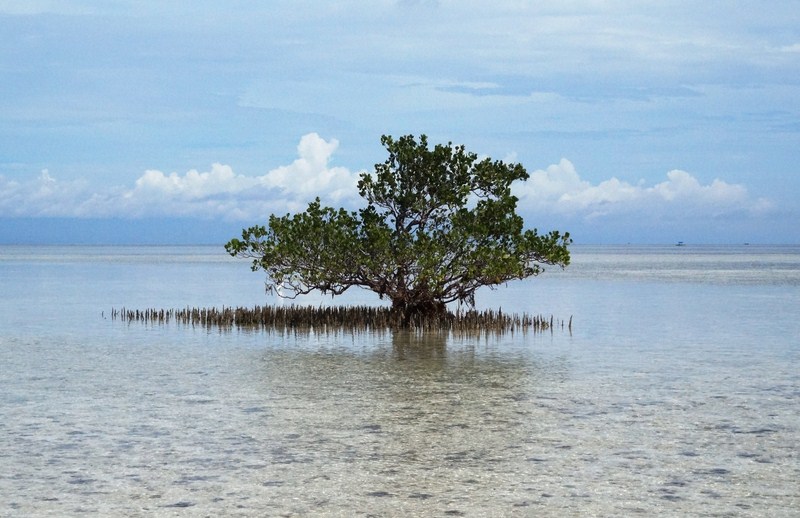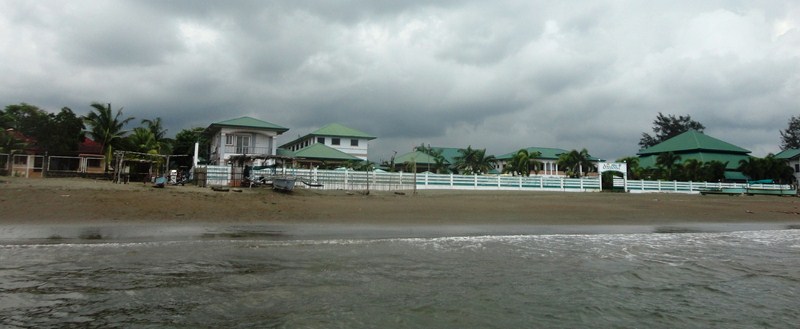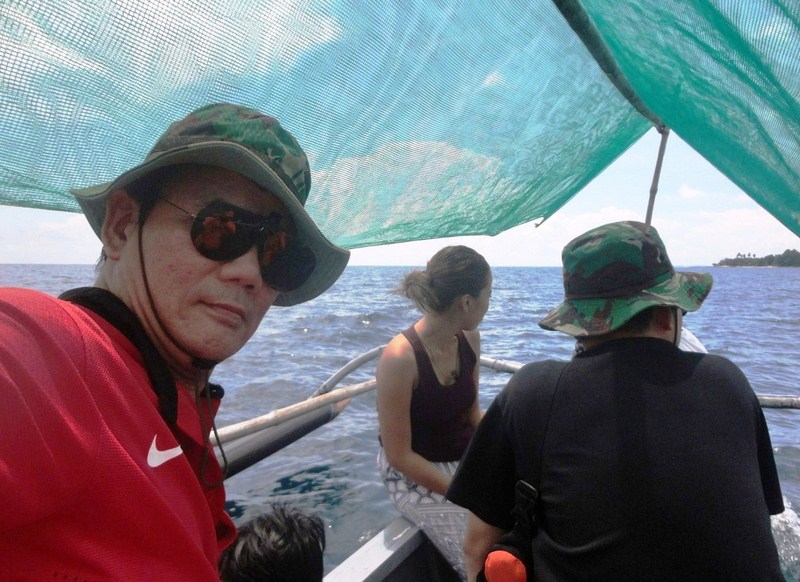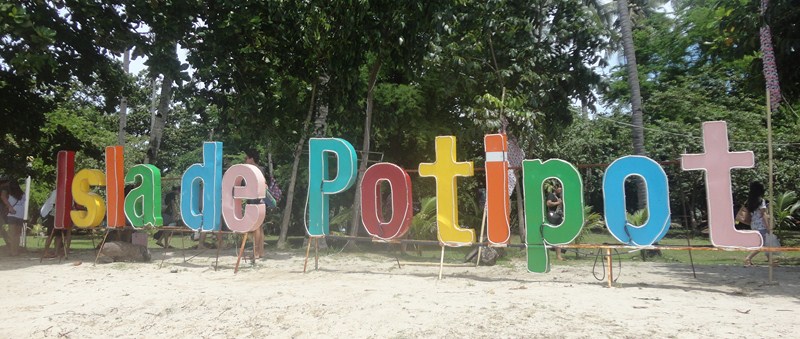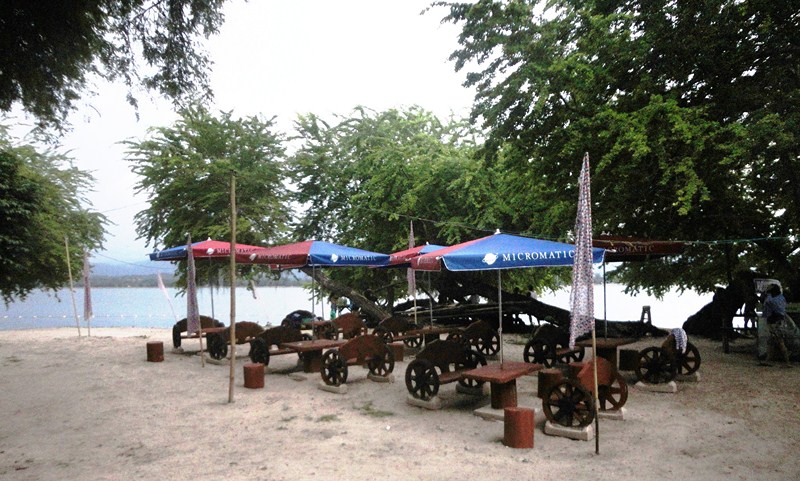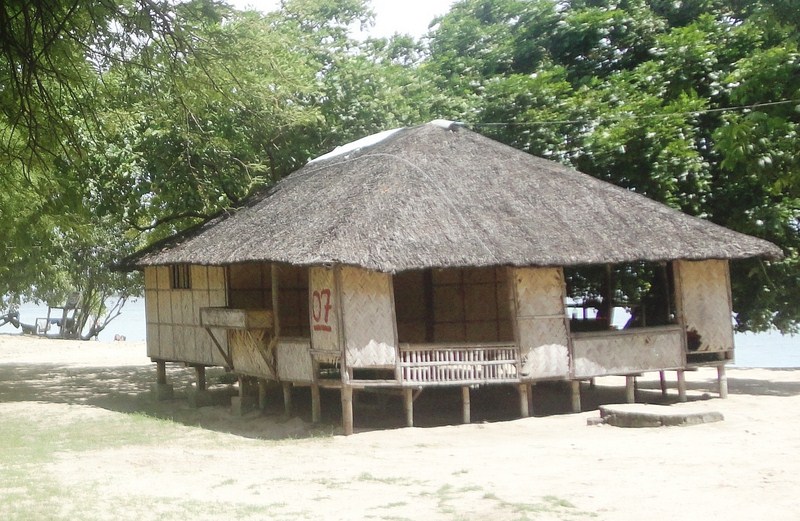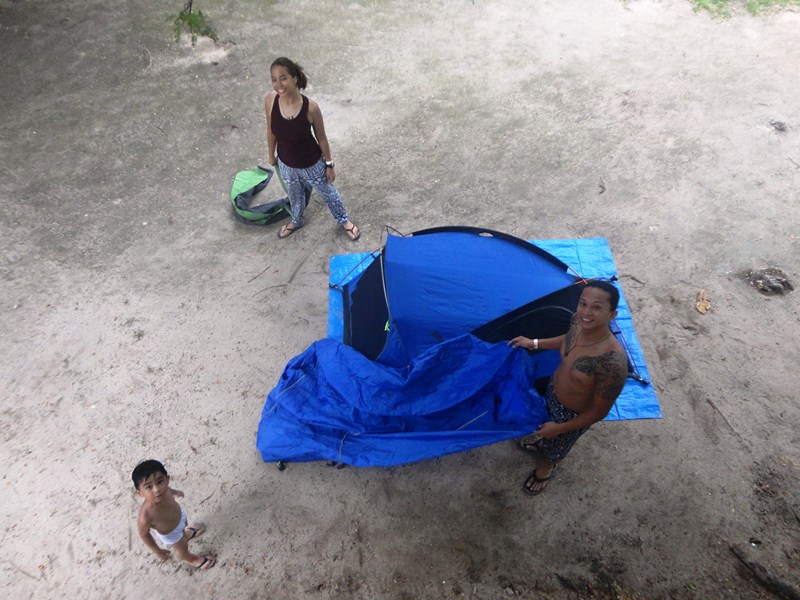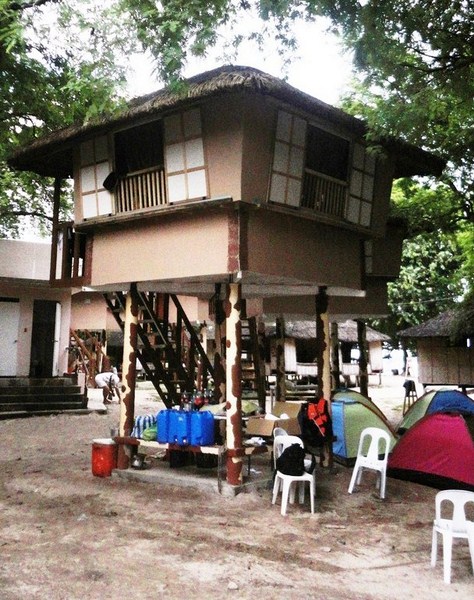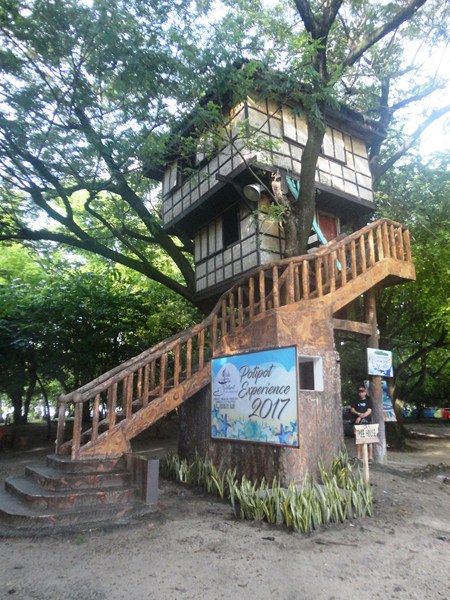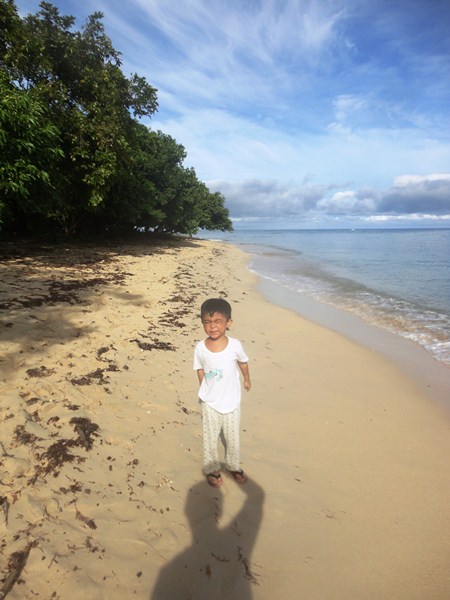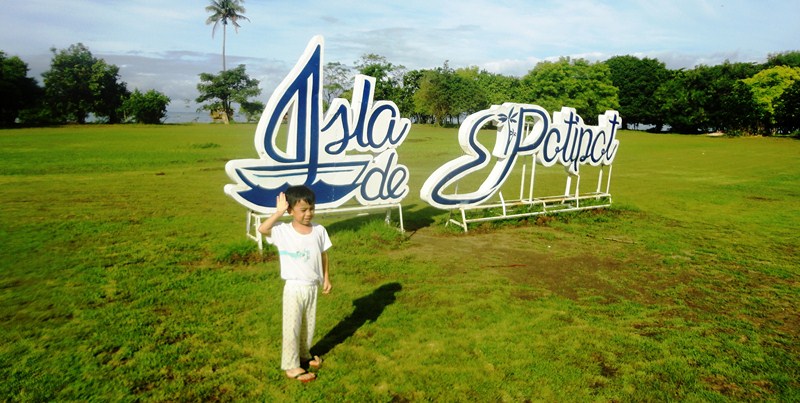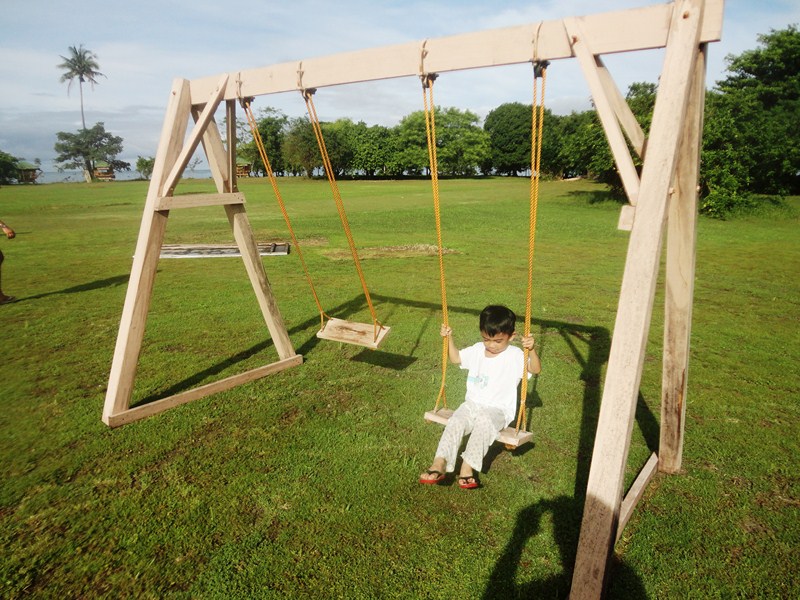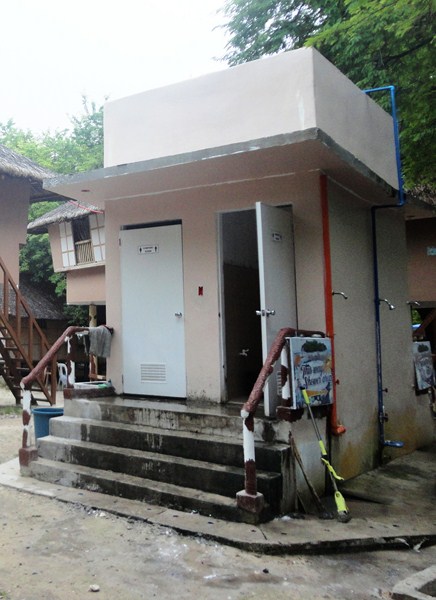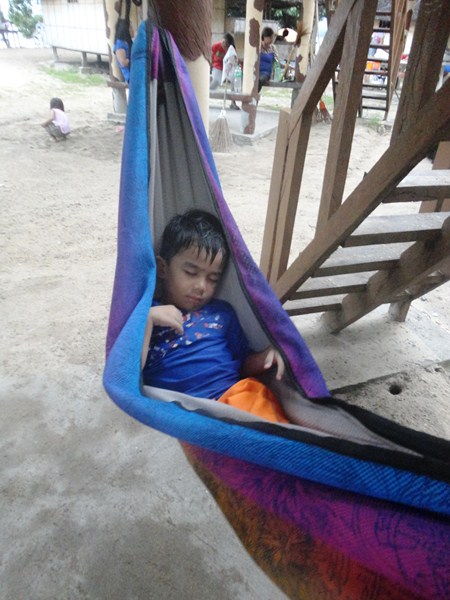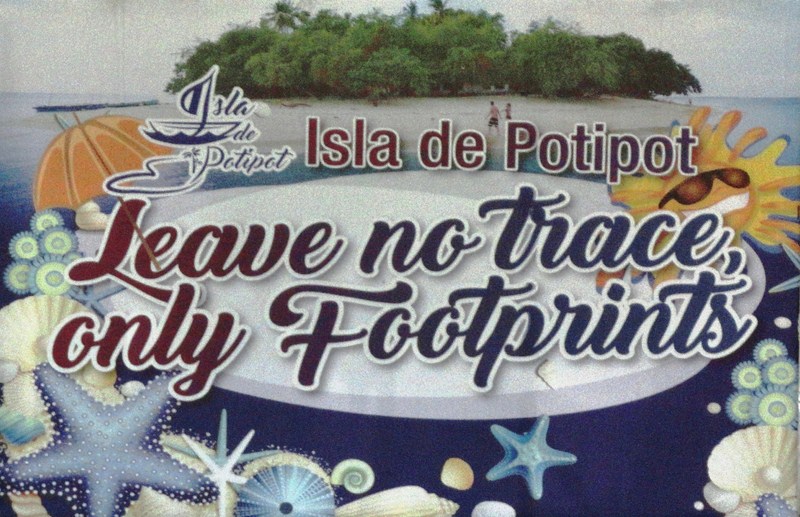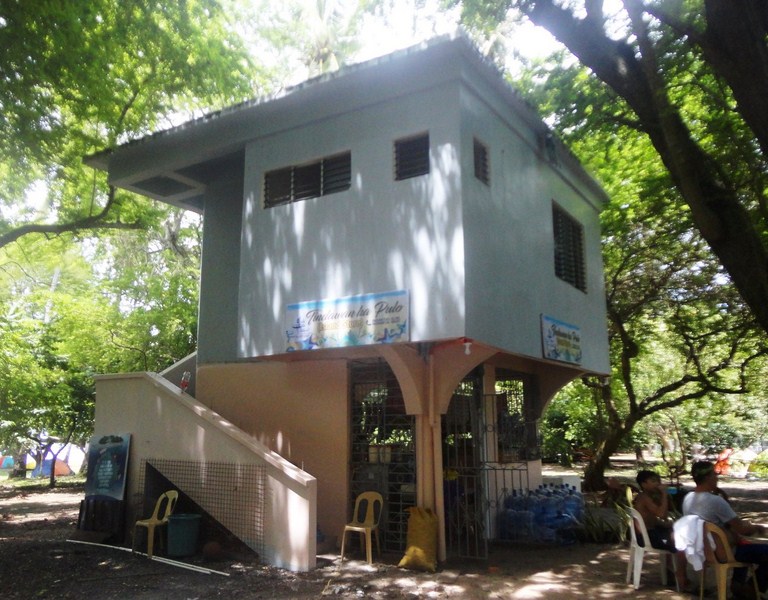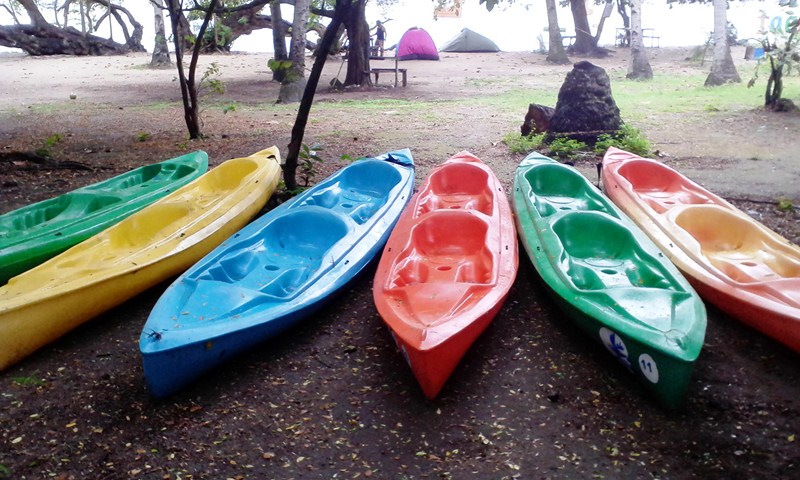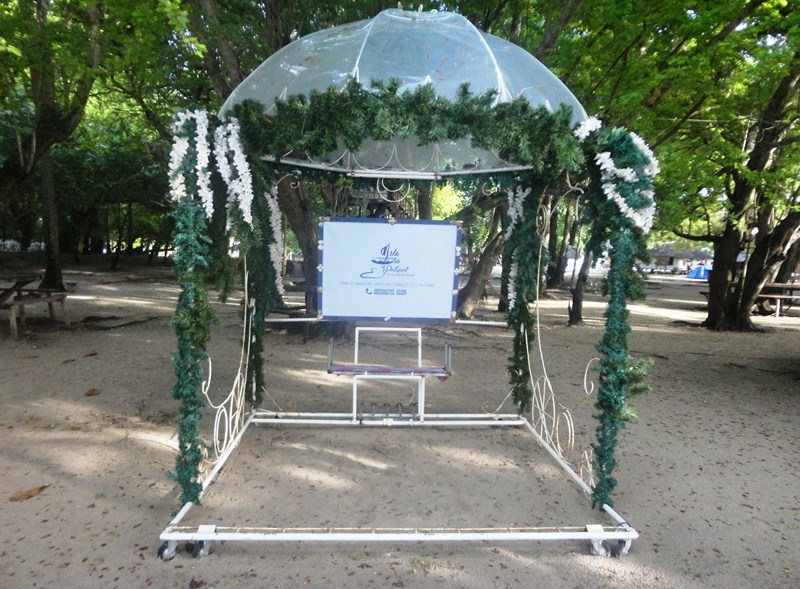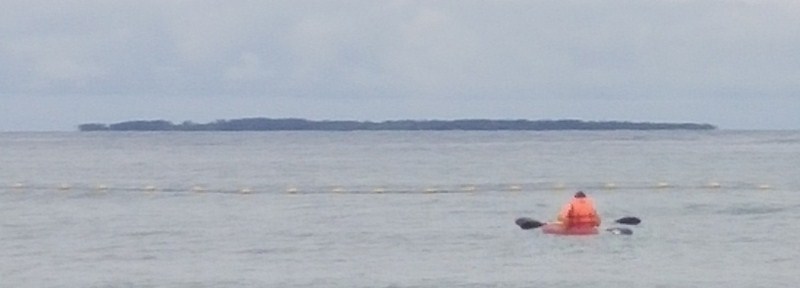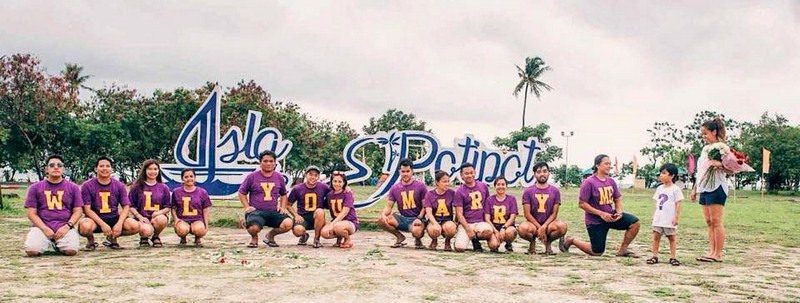On our third day in Melbourne, Cheska booked a Philip Island Day Tour for us. After breakfast at our apartment, we were all picked up at 11 AM, at a pick up point near our apartment, by Sophia, our Go West tour guide cum coach driver. After all the other participants were all picked up, we were on our way by 11:50 AM.
The first destination in our itinerary, a 13 km./20-min. drive away, was trendy Brighton Beach (actually called Dendy Street Beach) along Port Philip Bay where we were to visit the iconic Brighton Bathing Boxes, a row of 82 (it’s recorded that before the Great Depression, there were between 100 to 200 boxes on record) distinctive, multi-colored and uniformly proportioned wooden beach huts lining the foreshore of one of Melbourne’s most exclusive and affluent neighborhoods.
One of the most photographed spots in the city, these boxes do have a lot of history behind them and they still retain their charm and classic architectural features to this very day. They were built more than 100 years ago when Australians were a little more modest in response to very Victorian ideas of morality and seaside bathing. These boxes, made from timber frames, weatherboard sidings and corrugated iron roofing, were used by women for privacy when changing into their swimwear.
In keeping with their classic 1800’s Victorian architectural features and style, even today, the boxes don’t have running water or electricity. Despite their lack of modern conveniences and the laws against camping in them, what the Brighton Bathing Boxes lack in amenities, they make up for in incredible views of Port Phillip Bay and towards the Melbourne city skyline. That view comes with a price tag. It is rare for the existing boxes to hit the market as they are tightly held and often passed down through generations.
According to Sophia, Brighton Bathing boxes can only be sold to locals living in the Bayside area. There are also strict rules outlining what the boxes can (and cannot) be used for. Owners cannot sleep in them or use them for advertising purposes.
They cannot also be rented out to others. Today, these colorful timber boxes are used for storing fishing gear, deck chairs and sheltering from the sun on a scorching day at the beach. In 2017, a Brighton Bathing Box did hit the market and it sold for a jaw-dropping $326,000 (AUD) to a local resident.
Each of the pastel painted Brighton Bathing Boxes had its own unique characteristic, all with vibrant colors that pop, and bearing the hallmarks of individual licensees’’ artistic and colorful embellishments. Box No. 2, which features the Australian Flag, seem to be the most popular as visitors, both local and international, queued up for photos outside of it during our short visit.
Other designs include a boxing kangaroos (Australia’s unofficial sporting mascot), a space invader, a Katsushika Hokusai-inspired blue-and-white wave box and another with a Volkswagen van declaring that “Life’s a Beach.” An eye-popping contrast to the turquoise waters of the ocean, you’ll have to walk the entire length of the beach to see each of them.
Brighton Bathing Boxes: Esplanade, Middle Brighton (between Wellington Street and Dendy Street).
How to Get There: the easiest way to get to get there is to take a train from the Flinders Street Station, on the Sandringham Line, to Middle Brighton. Though it doesn’t stop at the beach, it is closer to the Brighton Bathing Boxes than the Brighton Beach station (unless you fancy a longer, 1.3-km. walk along the beach). From the station, it’s about a 1.2-km./15-min. walk to the beach. To guide your way, there are shops along the way as well as blue plaques with the beach boxes on them. If you’re travelling by car, you can park close to the beach. If you are getting there by bus, take the 216 or the 219 bus from Melbourne’s Central Business District.



